Spicy Pork Backbone Recipe: Tender & Flavorful Step-by-Step Guide
Ready to make a mouthwatering spicy pork backbone dish? This easy-to-follow recipe delivers tender, flavorful meat with bold spices. Perfect for a weeknight dinner or special occasion. Ready in just 3 hours (mostly hands-off time)!
Ingredients
- 2 pounds pork backbone, cut into 2-inch pieces
- 4 cloves garlic, minced
- 2 tablespoons chili paste (adjust to taste)
- 1 tablespoon soy sauce
- 1 teaspoon black pepper
- 1 cup water or broth
- 1 teaspoon salt
- 1 tablespoon vegetable oil
Instructions
- Prepare the pork: Rinse pork backbone pieces and pat dry. Cut into 2-inch pieces for even cooking.
- Marinate: In a bowl, mix garlic, chili paste, soy sauce, black pepper, and salt. Add pork pieces and marinate for at least 2 hours (or overnight for deeper flavor).
- Sear: Heat vegetable oil in a large pot over medium-high heat. Sear pork pieces on all sides until browned (about 2-3 minutes per side).
- Simmer: Add marinated pork to the pot with water or broth. Bring to a boil, then reduce heat to low. Cover and simmer for 2-3 hours until tender.
- Check doneness: Use a meat thermometer to ensure internal temperature reaches 145°F (63°C), followed by a 3-minute rest. Meat should easily pull away from bone.
- Serve: Serve hot with rice, naan, or your favorite side dish.
Safety Note: Always cook pork to a minimum internal temperature of 145°F (63°C) as recommended by the USDA to ensure food safety.
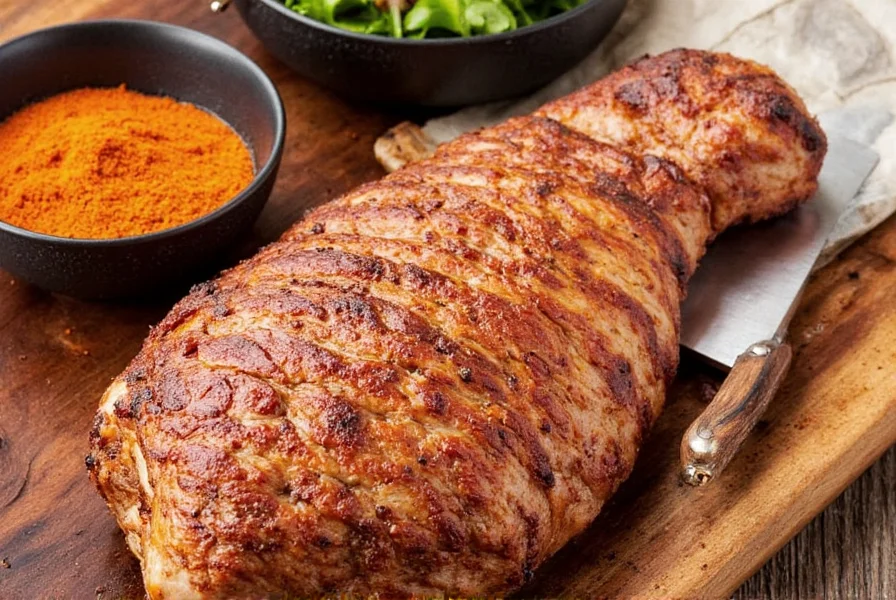
What Is Pork Backbone?
The pork backbone is the curved portion of the pig's spine, located between the shoulder and the loin. It's often sold whole or cut into sections and is known for its rich flavor and tender texture when cooked properly. Unlike traditional pork ribs, which are more bone-heavy, the pork backbone has a balance of meat and bone that makes it ideal for slow-cooking methods like braising or stewing. It's also great for making broths, stocks, and even grilled dishes when seasoned correctly.
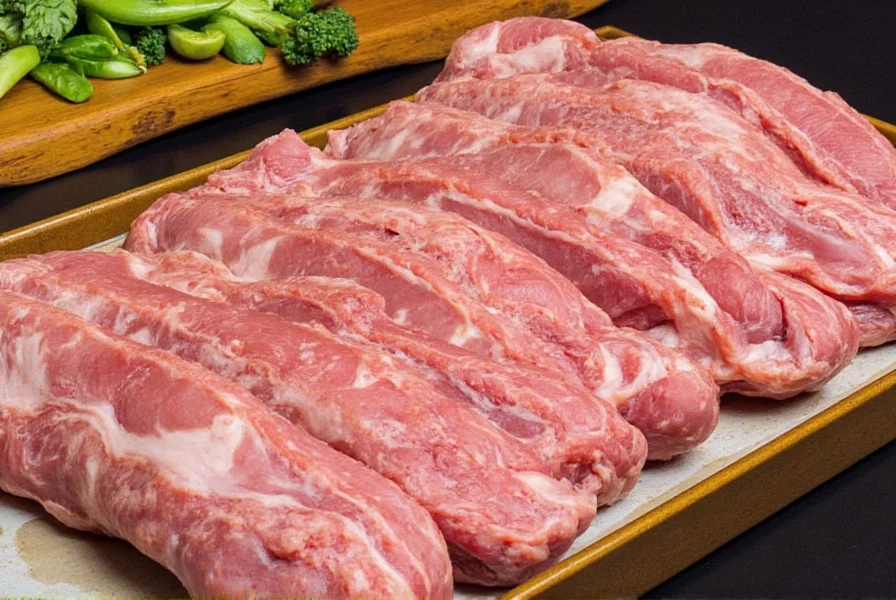
Why Use Pork Backbone in Spice Cooking?
If you're a spice enthusiast, you know that the key to a great dish lies in the combination of flavors. That's where pork backbone shines. Its natural richness pairs perfectly with bold spices, making it an excellent base for spicy stews, curries, and marinades.
Here are a few reasons why it's a must-have in your spice kitchen:
- Flavor Base: The pork backbone adds a deep, savory foundation that enhances the taste of any spice blend.
- Versatility: It works well with both mild and fiery spices, making it suitable for a wide range of cuisines.
- Tenderness: When slow-cooked, it becomes incredibly tender, making it perfect for soups and stews.
- Cost-Effective: Compared to premium cuts, pork backbone is more affordable and still delivers great flavor.
How to Cook With Pork Backbone
Cooking with pork backbone is straightforward, especially if you follow some basic techniques. Here are a few tips to help you get the most out of this cut:
- Marinate Well: Before cooking, marinate the pork backbone in your favorite spice mix for at least 2 hours. This helps infuse the meat with flavor and tenderizes it.
- Use Slow-Cooking Methods: Braising, stewing, or slow roasting are ideal for bringing out the best in pork backbone. These methods allow the flavors to penetrate deeply into the meat.
- Pair with Aromatic Spices: Cumin, coriander, garlic, and chili powder are excellent choices to complement the richness of the pork backbone.
- Make a Rich Broth: If you're using pork backbone for stock or broth, simmer it with onions, carrots, celery, and your favorite spices for maximum flavor.
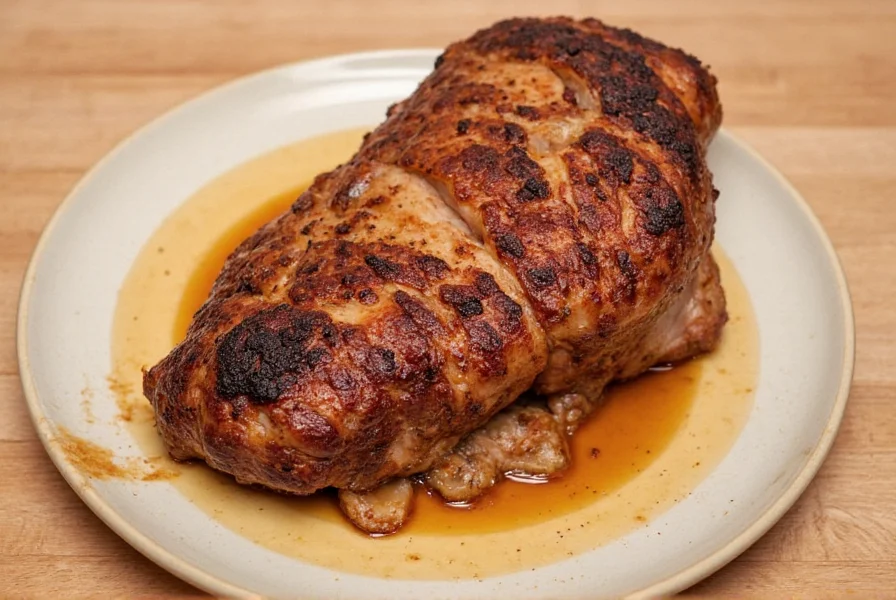
Spice Recipes with Pork Backbone
Now that you know how to cook with pork backbone, let's look at a few delicious spice-based recipes that highlight its potential:
1. Spicy Pork Backbones with Chili-Garlic Sauce
This recipe combines the rich flavor of pork backbone with a fiery chili-garlic sauce. Perfect for those who love heat and depth in their meals.
Ingredients:
- 2 pounds pork backbone
- 4 cloves garlic, minced
- 2 tablespoons chili paste
- 1 tablespoon soy sauce
- 1 teaspoon black pepper
- 1 cup water or broth
Instructions:
- Marinate the pork backbone in garlic, chili paste, soy sauce, and pepper for 2 hours.
- Place the marinated pork in a pot with water or broth and bring to a boil.
- Reduce heat and simmer for 2–3 hours until the meat is tender.
- Serve hot with rice or naan.
2. Indian-Style Pork Backbones with Garam Masala
This recipe takes the pork backbone and infuses it with the warm, aromatic spices of Indian cuisine. Ideal for a hearty meal.
Ingredients:
- 2 pounds pork backbone
- 1 tablespoon garam masala
- 1 tablespoon cumin
- 1 tablespoon coriander
- 1 onion, chopped
- 1 tomato, diced
- 1 cup coconut milk
Instructions:
- Season the pork backbone with garam masala, cumin, and coriander.
- Sauté the onion and tomato in a pan until soft.
- Add the pork and stir in the coconut milk. Simmer for 2–3 hours until tender.
- Serve with basmati rice or flatbread.
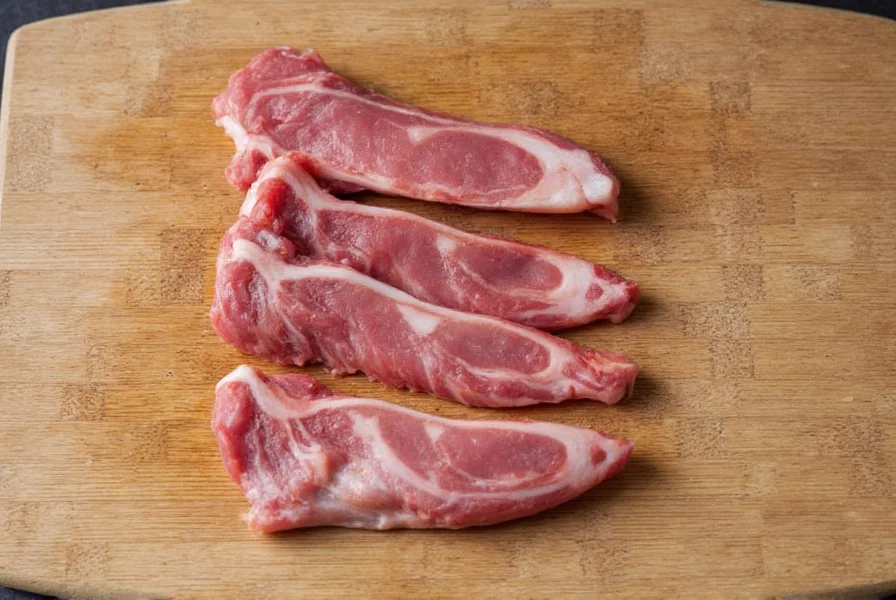
Buying Guide for Pork Backbone
If you're looking to try pork backbone in your next spice dish, here's what to look for when purchasing:
Key Features to Consider
| Product Name | Features | Best For | Price Range |
|---|---|---|---|
| Pork Backbone – Organic | Free-range, hormone-free | Health-conscious cooks | $8–$12 per pound |
| Pork Backbone – Bone-In | Rich flavor, ideal for stews | Slow-cooking enthusiasts | $6–$9 per pound |
| Pork Backbone – Cut into Pieces | Convenient for quick cooking | Busy home cooks | $5–$7 per pound |
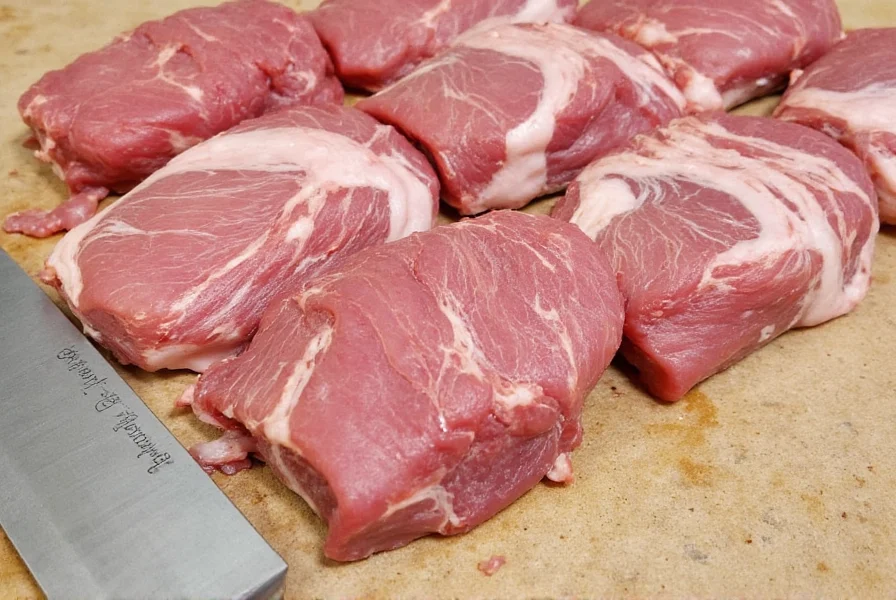
Frequently Asked Questions
What is pork backbone and where is it located on the pig?
Pork backbone refers to the curved portion of the pig's spine, located between the shoulder and the loin. It contains a balance of meat, bone, and connective tissue that becomes tender and flavorful when slow-cooked. Unlike rib bones which are primarily bone with some meat, the backbone has more substantial meat sections along the spine.
How is pork backbone different from pork ribs?
While both come from the pig's skeletal structure, pork ribs are the curved bones from the ribcage area with meat between and on top of the bones. Pork backbone is the spinal column itself, with meat that runs along the spine. Backbone typically has more connective tissue and marrow, which adds richness to broths and stews, while ribs have more surface meat. Backbone is generally more economical than ribs.
What are the best spices to use with pork backbone?
Pork backbone pairs exceptionally well with bold spices due to its rich flavor. Some of the best spices include: cumin, coriander, chili powder, garlic, ginger, black pepper, cloves, star anise, and bay leaves. For Asian-inspired dishes, try five-spice powder, while for Latin American flavors, consider adobo seasoning or chipotle peppers. The key is to use spices that can stand up to and complement the meat's richness.
How long should pork backbone be cooked for optimal tenderness?
For optimal tenderness, pork backbone should be cooked using slow methods for 2-3 hours. The exact time depends on the cooking method: when braising or stewing, 2-3 hours on low heat allows the connective tissues to break down properly. If using a pressure cooker, you can reduce this to 45-60 minutes. The meat is done when it easily pulls away from the bone but doesn't fall apart completely.
Can I use pork backbone in non-spicy dishes?
Absolutely! While pork backbone shines in spicy dishes due to its ability to carry bold flavors, it's equally delicious in milder preparations. It works wonderfully in traditional broths, French-style pot-au-feu, or simple herb-roasted dishes. The backbone's natural richness provides depth to any dish, regardless of spice level. You can always adjust spice levels to your preference while still benefiting from the backbone's flavor-enhancing properties.
Where can I purchase pork backbone?
Pork backbone is typically available at specialty butcher shops, Asian grocery stores, and some larger supermarkets with extensive meat departments. If your local store doesn't carry it, you can request it from the butcher counter. Many online meat purveyors also sell pork backbone, especially those focusing on heritage or organic meats. It's often more affordable than premium cuts, making it a cost-effective choice for flavor-rich dishes.
Conclusion
In summary, pork backbone is a powerful addition to any spice kitchen. Its ability to absorb and enhance flavors makes it an essential ingredient for anyone looking to deepen their culinary skills. Whether you're experimenting with new spice blends or simply looking for a more flavorful alternative to traditional cuts, pork backbone is worth trying.
So next time you're planning a spicy meal, don't forget to reach for the pork backbone. It might just become your new favorite ingredient!
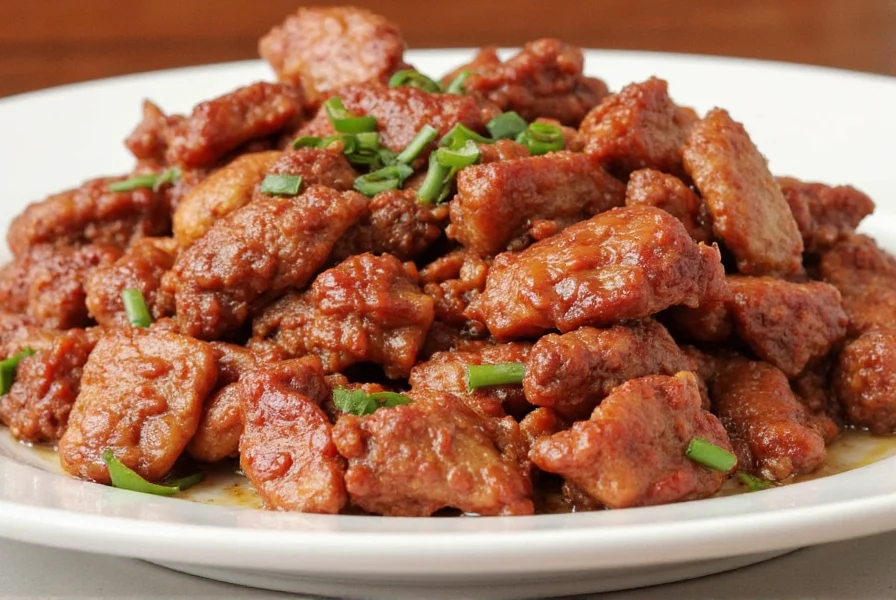










 浙公网安备
33010002000092号
浙公网安备
33010002000092号 浙B2-20120091-4
浙B2-20120091-4